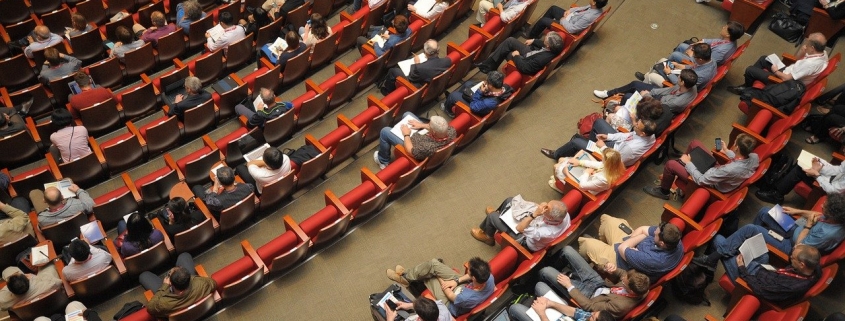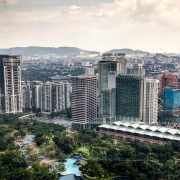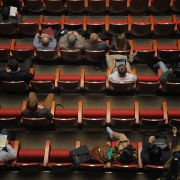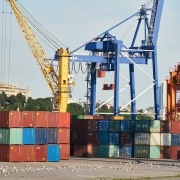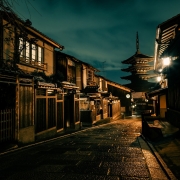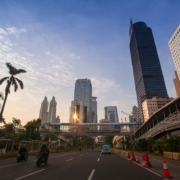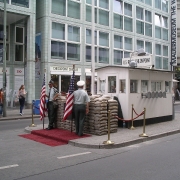How does the UN General Assembly work?
Topic of Study [For H1/H2 History Students]:
Paper 1: Safeguarding International Peace and Security
Section B: Essay Writing
Theme III Chapter 2: Political Effectiveness of the UN in maintaining international peace and security
The UN General Assembly: Revisited
Let’s recap on what we have learnt about the ‘world parliament’, also known as the United Nations General Assembly (UNGA). As stated in Article 7 of the UN Charter, the UNGA is one of the six principal organs. Among all six, the UNGA allows political representation of all member states through its “one nation, one vote” system.
Ever since its inception, the membership size has increased from a humble 51 to 193. Initially, the UNGA started out with its predominantly European and Latin American composition. Following decolonisation, the inclusion of newly-independent countries in Africa and Asia contributed to a global forum that is more representative of the world.
The Six Committees
There are six main committees to address a wide range of matters, such as “Disarmament and International Security” (First Committee) and “Administrative and Budgetary” (Fifth Committee). In October and November, the UNGA will begin its proceedings in these committees. During this phase, the UNGA will consider the adoption of resolutions to deal with procedural matters, like membership admission. Interestingly, the First Committee saw heated debates during the Cold War.
Article 21 of the UN Charter states that the UNGA shall “elect its president for each session”. Additionally, Article 22 points out that the UNGA should “establish such subsidiary organs as it deems necessary for the performance of its functions”. As such, presidents serving the main committees will come from different regional groups (Africa, Asia, Latin America, Eastern European and Western European) in a rotational manner. Notably, the Permanent Five members of the Security Council will occupy positions in the committees as vice presidents.
Each main committee elects a chair, two vice chairs, and a rapporteur. The chair presides over committee meetings and co-ordinates or encourages the informal consultations on procedural and substantive questions necessary to its effective functioning. The vice chairs preside as needed, and in most committees also organize or promote informal discussions on agenda items assigned to their care. The rapporteur, assisted by the Secretariat, drafts the summaries of debates and explanations of committee drafts that comprise its reports to the plenary.
An excerpt from “The UN General Assembly” by M. J. Peterson
The Regular Sessions
In the UNGA, the regular sessions commence from the third Tuesday in September till the third week in December. Each government of a member state can send delegates as representatives to attend the General Assembly session. Article 9(2) of the Charter stipulates that each member state should send “not more than five representatives”.
The Special and Emergency Sessions
In view of more exceptional situations, the UNGA can conduct Special or Emergency Special Sessions to address specific agendas. These sessions can last from one day to a few weeks, depending on the severity of the matter. They can be held at the request of the Security Council or a majority of the member states.
The following are some notable Special Sessions held by the UNGA:
- 4th Special Session (1963) on the Financial Situation of the UN
- 5th Special Session (1967) on South West Africa (Namibia)
- 8th Special Session (1978) on the Financing of the UN Interim Force in Lebanon
As for Emergency Special Sessions, here are some examples:
- 1st Emergency Special Session (1956): Middle East on the Suez Canal Crisis
- 4th Emergency Special Session (1960): Congo Crisis
Use of the General Assembly as an arena for criticizing rivals and appealing to wider audiences began in earnest as the Second World War allies divided into contending Cold War blocs. Public debate provided both sides with occasions for asserting the superiority of its own vision for the world and the inferiority of the other’s. By 1950, another broad cleavage, between an anti-colonial majority and the remaining colonial powers, had also emerged, but did not inspire the same two-way intensity of discussion because the colonial powers were more defensive and subdued. From the late 1960s through the 1980s, the South–North cleavage produced sharp rhetoric as the more radical members of the Third World coalition took the lead in denouncing Western imperialism and neocolonialism.
An excerpt from “The UN General Assembly” by M. J. Peterson
What can we learn from this article?
Consider the following question:
– How far do you agree that the United Nations General Assembly has fulfilled its Charter-defined roles?
Join our JC History Tuition to evaluate the effectiveness of the principal organs of the United Nations. The H2 and H1 History Tuition feature online discussion and writing practices to enhance your knowledge application skills. Get useful study notes and clarify your doubts on the subject with the tutor. You can also follow our Telegram Channel to get useful updates.
We have other JC tuition classes, such as JC Math Tuition and JC Chemistry Tuition. For Secondary Tuition, we provide Secondary English Tuition, Secondary Math tuition, Secondary Chemistry Tuition, Social Studies Tuition, Geography, History Tuition and Secondary Economics Tuition. For Primary Tuition, we have Primary English, Math and Science Tuition. Call 9658 5789 to find out more.

